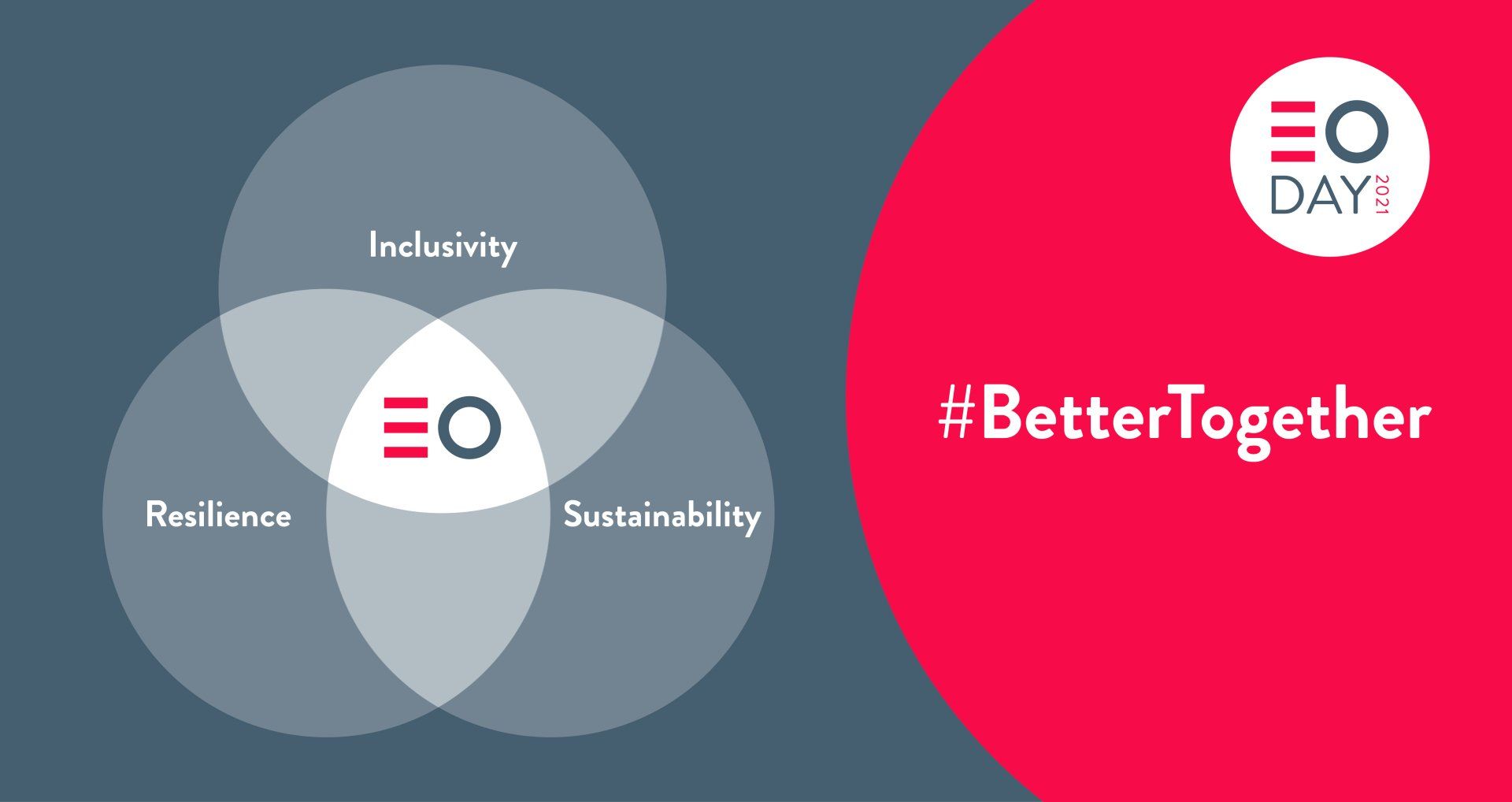The Differentiation of Employee Owned Companies
A personal view of how employee owned companies are different to those with more traditional ownership structures ... John Lewis Partnership and beyond.

Writing this piece to mark Employee Ownership Week, has proved to be harder than expected. Initially, approaching it from quite an academic perspective, I thought of all the areas that differentiate employee ownership from other forms of business ownership. I quoted a number of respected reports from the Employee Ownership Association, The White Rose Centre at Leeds University and Ownership at Work. All material I’m comfortable with and have used as evidence before when explaining what employee ownership is all about.
But the piece just never got off the ground. It felt clunky. And I think the reason for that was my consciousness of writing this as part of the week where we celebrate employee ownership and the benefits it brings to workers, a time where we recognise our emotional connection to those many fantastic businesses and the opportunities they create for their teams.
A Personal View
So, this isn’t going to be another intellectual article making the case for employee ownership. It’s going to be a personal piece about how I think such businesses separate themselves from more traditional forms of ownership.
For me, my experience was shaped hugely by the 29 years spent working for the John Lewis Partnership. Venerated in the UK as the “founding father” of employee ownership, over the years, I became immersed in its values. In my final few years, I read a lot more about its founder, John Spedan Lewis (known always as Spedan, to differentiate him from his dad, who opened the first shop in Oxford Street in 1864). What really struck a chord for me was his belief in “partnership’ (employee ownership) as a force for good in the broader community, a way of reducing inequality and offering opportunities, through good employment, that people would not otherwise have had access to.
In the 1920s and 1930s, when Spedan formulated his ideas and put them into practice, this was pretty revolutionary stuff. As was handing your successful and growing business over to the people who worked in it.
We often felt we were “a Partnership first and a retailer second”, because Spedan’s ideas transcended the sector we operated in. Nowadays, we are all much more familiar with businesses that have a purpose, that seek to be good members of their communities, but employee ownership still sits apart for its belief that the staff should have a direct, tangible say in the running of their business, share in the responsibility for making it better, and receive a degree of reward that would normally flow out of the business.
Employee Ownership in Practice
And it does work. The number of times, as President of the John Lewis Council, when I felt privileged, as a member of staff – elected by their peers – stood in front of a board director, giving them specific, valuable feedback, and seeing how those directors responded, was to be persuaded as to the value of employee participation.
That spirit exists in so many other employee-owned businesses. I think of the enthusiasm I witnessed among employees of 3P innovation, as they started their journey into employee ownership, thinking of the ways it could enhance their business success, what areas of their operation and employee experience would benefit from more direct methods for sharing feedback with directors. The employee stakeholders at The 1:1 Diet by Cambridge Weight Plan have also made numerous contributions to their own employee experience, especially in relation to pay and benefits.
Humanity and Consideration
In my experience, employee ownership also differentiates itself in its humanity and consideration for employees. That was apparent in the way John Lewis helped Partners in genuine need of financial support, emerging from the belief that a company could be more than just a place of work, but a support in the bad times. It was also apparent in a company I spoke to recently, on the cusp of employee ownership. Their website referred to a culture of kindness; when I asked why they identified that as being important, their founders told me they recognised they had a highly demanding clientele, and so ensuring their staff were well supported was important to them.
Humanity and consideration aren’t simple acts of altruism in an employee-owned business. They form part of the psychological contract between employer and employee which strengthens the emotional connection, in turn driving discretionary effort. The same is true of sharing in the financial success of your business. I remember talking to Partners in a Waitrose shop, acquired a few years before from another supermarket chain. They talked of broken promises in relation to reward made by their previous employer and were highly sceptical about the Partnership’s promise of an annual bonus. They admitted to being cynical and of doing no more than was absolutely necessary. They also talked honestly of the impact the bonus being paid to them had made, moving them from cynics to evangelists for the Partnership in very short order!
Employee Centricity
None of the points I have made in here need be the exclusive preserve of employee-owned businesses. They can all be seen as enlightened good practice, and not as radical now as when Spedan Lewis was formulating his plans over 100 years ago.
However, there is one aspect critical to employee ownership that does truly set it apart. As a leader in an employee-owned business, your primary purpose is to take decisions in the best interests of the Trust beneficiaries, rather than external shareholders. This changes fundamentally the dynamic around decision making, giving their impact far greater immediacy. I’ve already touched on the emotional connection employees feel, and for me, this is the reciprocal end of the deal for leaders, knowing they have a responsibility to create a culture befitting of an employee-owned business and generating value that can be shared for the benefit of staff.
There you have my personal take on what sets employee ownership apart. There will be some employee-owned businesses who fall short of my ideal. There will be some businesses under other ownership models who think, “we do that!” Clearly, none of these ideals are the exclusive preserve of a particular type of business. But it is possible to discern characteristics that tend to set employee-owned organisations apart and an approach which is more difficult to take when your first and last concern is short term shareholder return.
Ian Hiscock is a consultant with Independent Directors and Trustees, an experienced Independent EO trustee, with a number of appointments to his name, as well as an EO employee communication expert and trained facilitator. The views expressed in this article have been shaped by his personal experience within John Lewis and subsequently with other employee owned businesses.
This article was written for the lead up to EODay 2021 on 25th June 2021, a day to celebrate employee ownership that is spearheaded by the Employee Ownership Association of which IDT is proud to be a Supporter Member.


